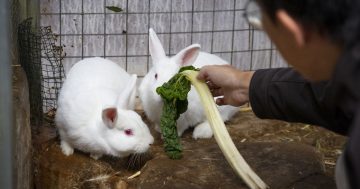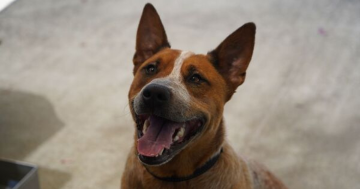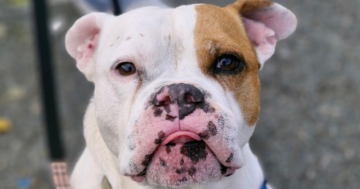
Pet owners and the RSPCA have expressed concern about a new strain of the rabbit calicivirus that’s being released this month to help control the wild rabbit population.
The local community is buzzing since a recent notice by the ACT Government that they’ll be releasing a new strain of calicivirus called RHDV1K5, or just K5 to try to control the feral rabbit population in the Namadgi National Park and Mulligans Flat Nature Reserve.
While the general public is unlikely to be very familiar with calicivirus, for those of you with domesticated rabbits, it’s really important that you understand how this can impact your own pets.
The background to calicivirus in Canberra
The official name of the virus is Rabbit Haemorrhagic Disease Virus (RHDV) but it’s more commonly known as a variety of rabbit calicivirus. And it’s fatal to rabbits that don’t have immunity.
Rabbit calicivirus has a chequered history in Australia. On one hand, it’s seen as a solution to the significant environmental damage and economic devastation caused by large wild rabbit population; but on the other, it seems this tool has a use-by-date and cannot be controlled.
In fact, the existing strain of Calicivirus accidentally escaped a trial site in 1995, before it was deliberately released in 1996.
While the fatal consequences are deliberate, this method can be a horrible way to die. While some rabbits may die quickly with few symptoms, many will take hours or sometimes days to die.
This is a disturbing fate for an introduced species that has had the bad luck of being identified as a pest through no fault of its own.
The risk to Canberra’s pet rabbits
At RSPCA ACT, we rehome approximately 150 to 200 rabbits a year. They may come to us via our Inspectors, but just as often as a surrendered pet or an obviously stray domesticated animal too. As such, our Veterinarians see an awful lot of rabbits compared to most places.
In December 2015, we had a number of young and adult rabbits die in our care unexpectedly.
Laboratory tests confirmed that a new strain of European calicivirus killed them. No one is sure how this strain, called RHDV2, appeared in Australia, and it didn’t have a proven preventative vaccine available here.
The best we could do to control the virus at the time, was to put all rabbits into isolation and deploy our quarantine protocols. Fortunately, we were able to halt the spread of the disease within a week.
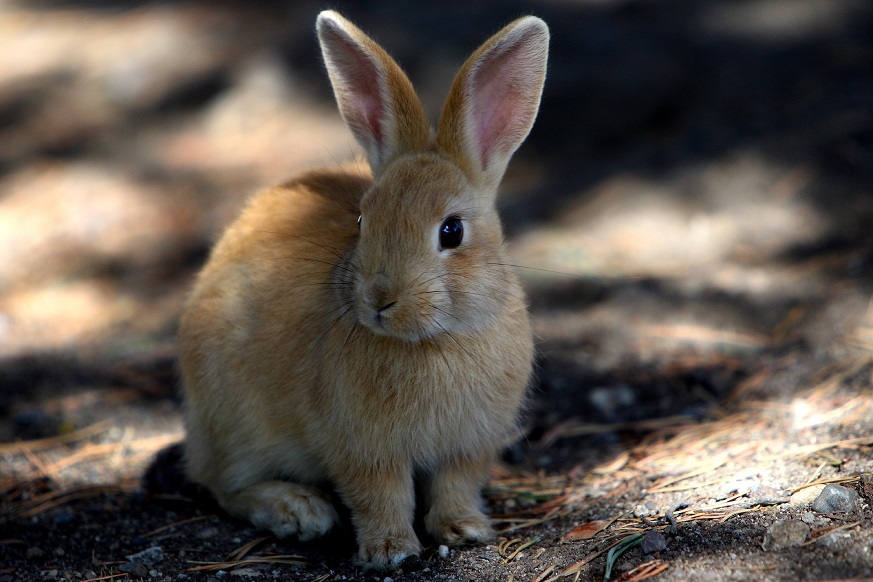
Protecting our pets
This is how quickly calicivirus can act, and it’s nearly always fatal. It’s spread from infected rabbits as well as through objects and materials, such as clothing, the bottom of shoes, bedding, cages, feed, water, flies, rabbit fleas, or mosquitos. It is easily transferred through touch, which makes it nearly impossible to contain. Even a bird walking through a contaminated area or grass clippings from your yard can spread it everywhere.
There have been some trials using the existing RHDV vaccine to determine if it’s effective in protecting pets against this new K5 variety. While we would prefer to see more strenuous testing prior to the release of any foreign virus, it’s all we have at the moment. At the RSPCA ACT Shelter, we still have enough stock to vaccinate our animals. Still, there are serious concerns about a future shortage as it must be imported from overseas.
So, hang on …
Yes, we have the original RHDV1 strain of calicivirus out there.
We have this new strain (RHDV2) that mysteriously first appeared in Canberra, the full impact of which we don’t know yet.
And still, we’re now releasing a third strain (RHDV1K5), with no real certainty of the effectiveness of the existing vaccine and likely some serious challenges in measuring the virus’s impact and effectiveness.
Hmmmm!
What should you do if you have a pet rabbit?
If you haven’t been able to get them vaccinated yet, the only safe option is for you to keep your pet indoors and away from all other rabbits and insects until they are, and for 10-14 days afterwards (until the vaccine takes full effect).
Rabbits with calicivirus may show these symptoms: lethargy, fever, lack of appetite, neurological signs (lack of coordination, paddling of feet etc.) and indications of pain (squealing, groaning).
If you suspect your pet rabbit has been infected, you need to get to your vet as a matter of urgency, though they may not be able to do much except alleviate the animal’s pain as death usually occurs within 36 hours of the onset of signs.
Don’t delay vaccinating your furry friend, or you risk losing them very quickly …
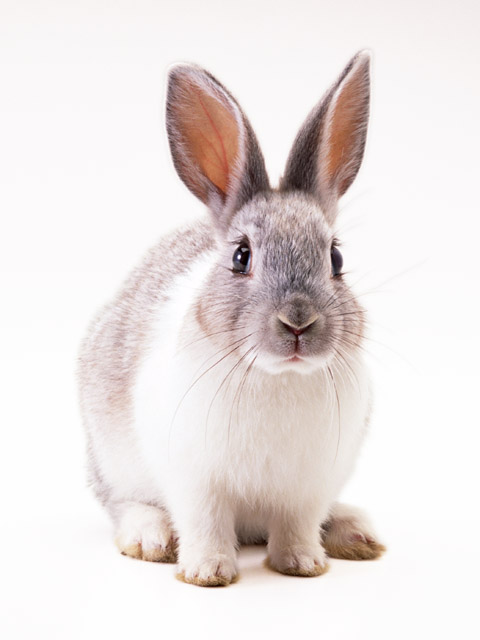
Co-written by RSPCA ACT CEO Tammy Ven Dange and Jane Speechley from RSPCA Australia.












